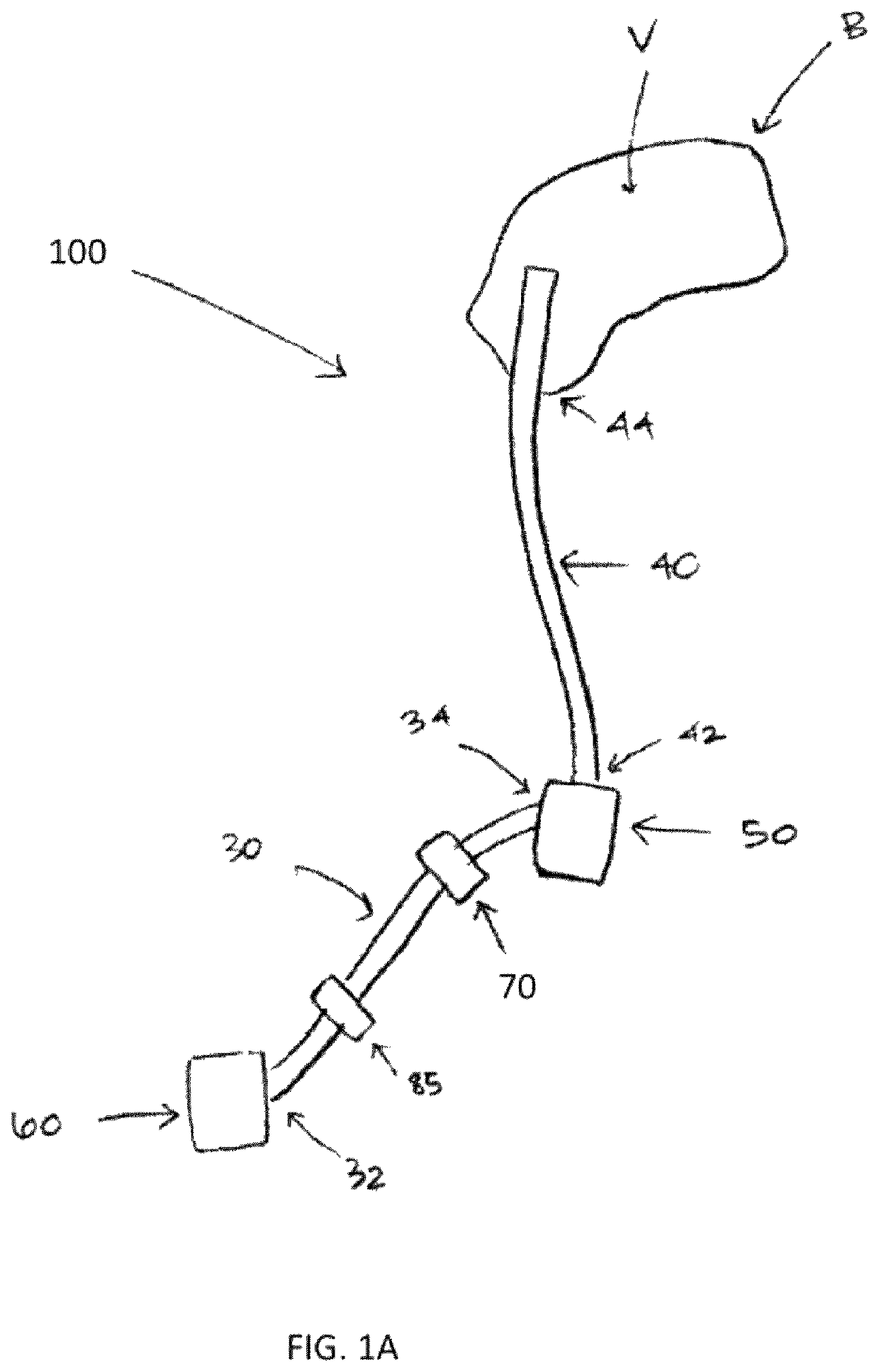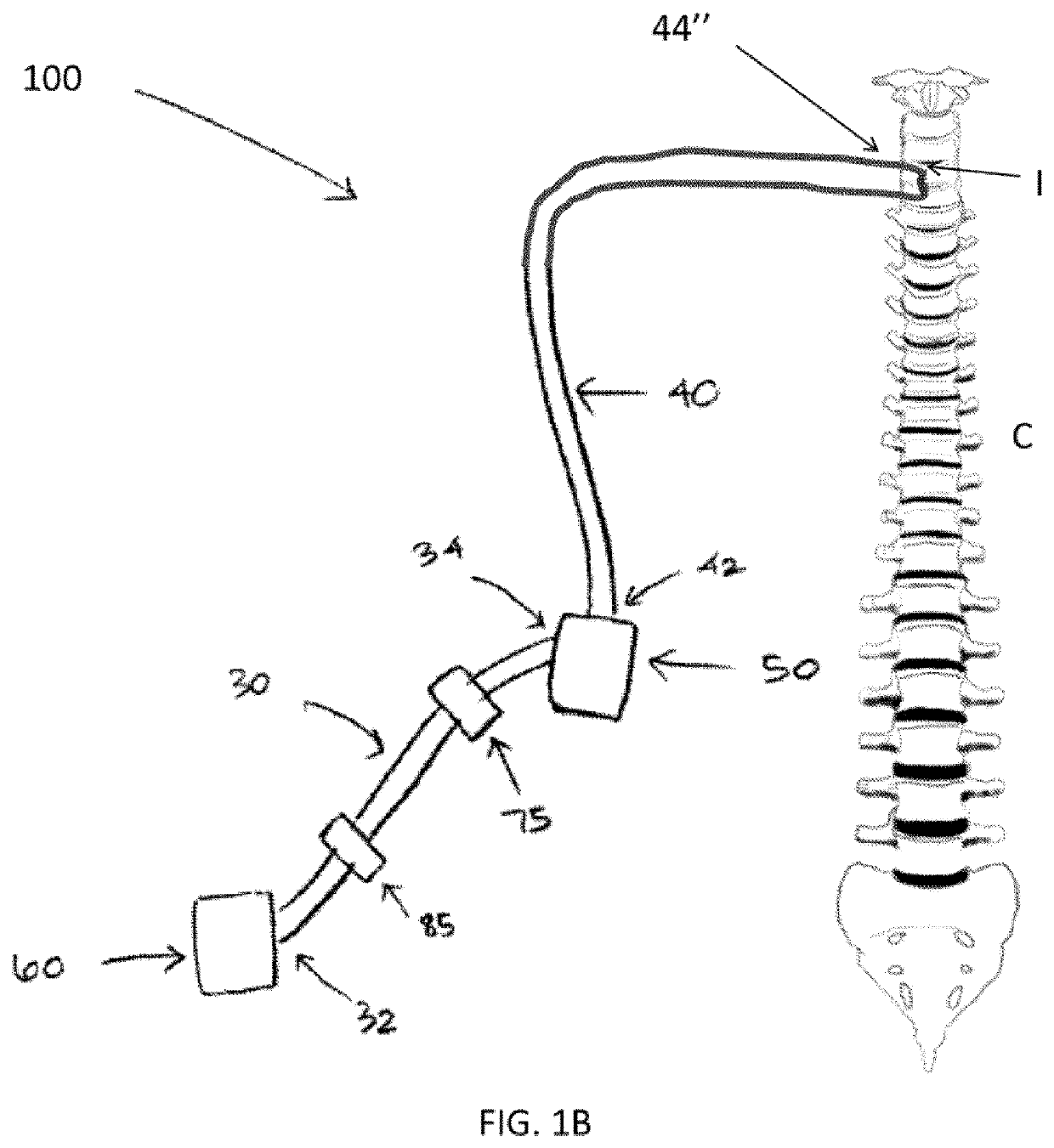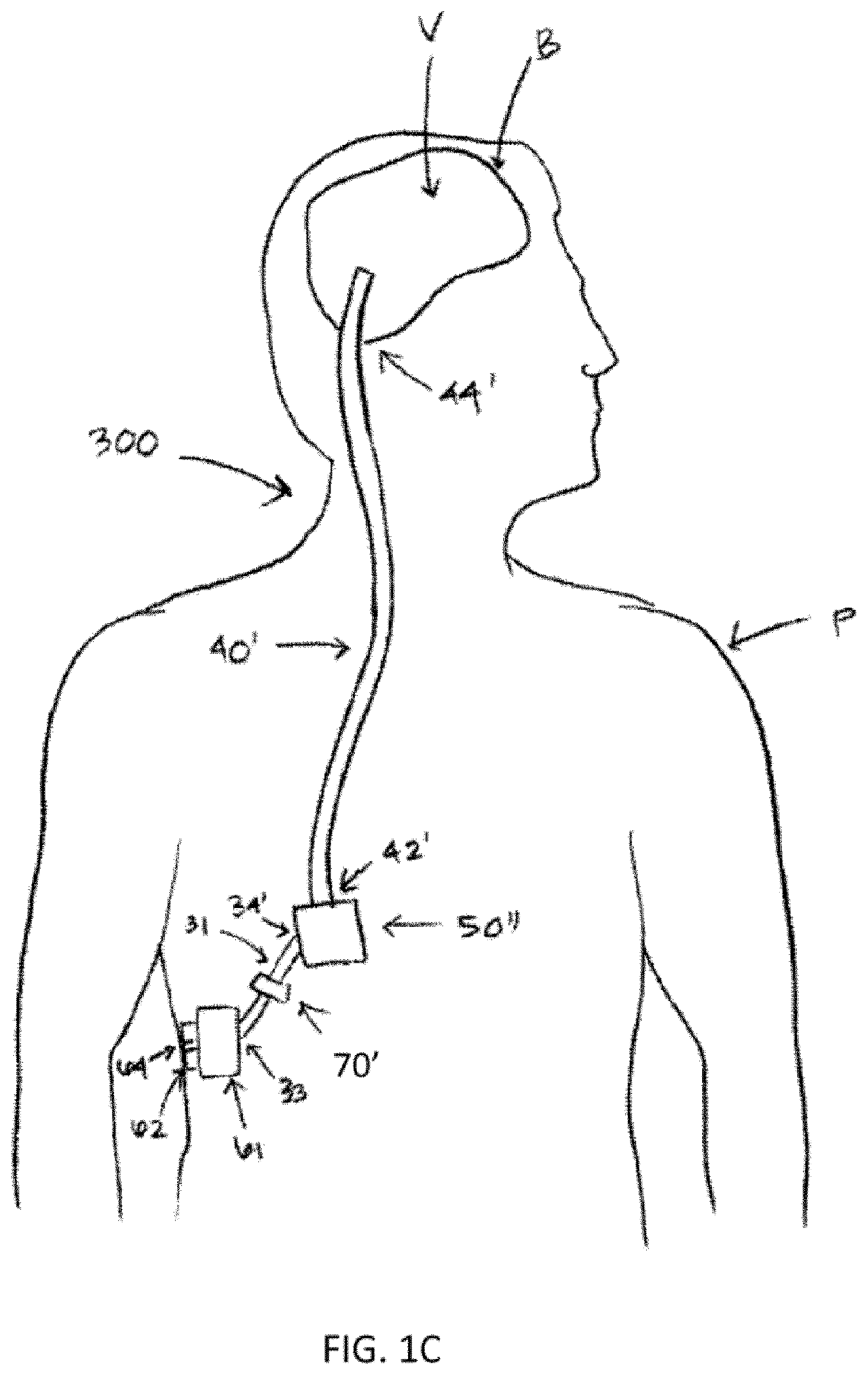Therapeutic applications of artificial cerebrospinal fluid and tools provided therefor
a technology of artificial cerebrospinal fluid and therapeutic applications, which is applied in the field of cerebral fluid, can solve the problems of increasing intracranial pressure and csf turnover, csf or csf-like, and achieve the effects of enhancing csf turnover, reducing the concentration of undesirable proteins in csf, and increasing intracranial pressur
- Summary
- Abstract
- Description
- Claims
- Application Information
AI Technical Summary
Benefits of technology
Problems solved by technology
Method used
Image
Examples
example 1
Short- and Long-Term CSF Infusion Experiments in an Animal Model of Alzheimer's Disease
[0128]A project approval of the Dutch regulatory instances is obtained for all animal experiments described below. The effects of CSF infusion on Aβlevels are studied at a timescale of 72 hours, because the steady state Aβlevels are reached within a few hours. This experiment is carried out in young (pre-plaque) Aβoverexpressing mice to avoid interference of insoluble Aβ with ELISA determination of soluble Aβ (plaques) in brain. During a stereotaxic surgery under deep anesthesia a guide cannula is implanted into the lateral ventricle. Mice are housed individually after surgery. After at least one week of recovery, an injector is lowered through the guide cannula, which is connected through tubing to an external pump containing artificial CSF. A swivel (rotary joint) is included in the tubing, to allow the mice to move freely around in their cage. In the first set of mice (˜5), the maximal tolerabl...
example 2
Intracranial CSF Infusion in an Animal Model of Glaucoma: The Effect on Optic Nerve and Retinal Ganglion Cell Degeneration
[0131]A primary open-angle glaucoma rat model is used to study the effect of intracerebroventricular infusion of artificial cerebrospinal fluid on the risk of development or the progression of glaucoma.
[0132]A project approval of the Dutch regulatory instances is obtained for all animal experiments described below. During a stereotaxic surgery under deep anesthesia a guide cannula are implanted into the lateral ventricle. The tip of a pressure-monitoring probe (Data Sciences International) is fed through the cannula into the lateral ventricle to allow for measurement of intracranial pressure (ICP). Rats are housed individually after surgery. After at least one week of recovery, an injector is lowered through the guide cannula, which is connected through tubing to an external pump containing artificial CSF. A swivel (rotary joint) is included in the tubing, to all...
PUM
| Property | Measurement | Unit |
|---|---|---|
| volumes | aaaaa | aaaaa |
| volumes | aaaaa | aaaaa |
| volumes | aaaaa | aaaaa |
Abstract
Description
Claims
Application Information
 Login to View More
Login to View More - R&D
- Intellectual Property
- Life Sciences
- Materials
- Tech Scout
- Unparalleled Data Quality
- Higher Quality Content
- 60% Fewer Hallucinations
Browse by: Latest US Patents, China's latest patents, Technical Efficacy Thesaurus, Application Domain, Technology Topic, Popular Technical Reports.
© 2025 PatSnap. All rights reserved.Legal|Privacy policy|Modern Slavery Act Transparency Statement|Sitemap|About US| Contact US: help@patsnap.com



